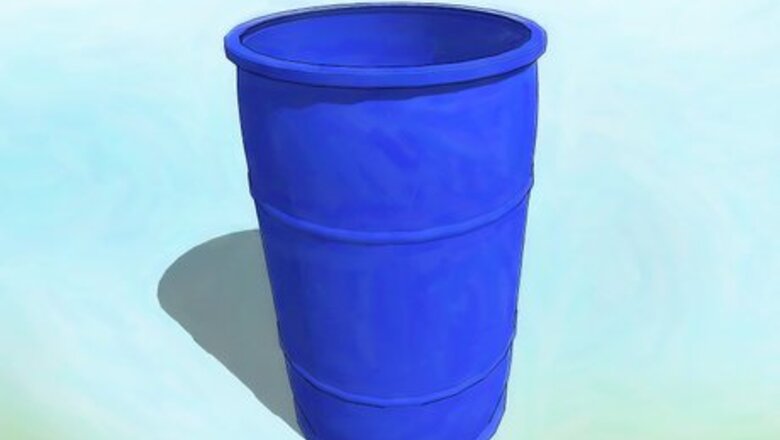
views
- Fill any food-safe container with dechlorinated water and leave it outdoors in a warm, shady spot until you see “rafts” of mosquito larvae on the surface.
- Harvest the larvae that hatch from the eggs (which happens after 1-2 days) and use a fish net or turkey baster to transfer them to a smaller container.
- Use the baster to give your fish a few live larvae at a time, until they stop eating them. Dispose of any excess larvae to keep them from pupating into mosquitoes.
Attracting and Raising Larvae

Fill a container of any size with dechlorinated water. Mosquitoes are attracted to—and lay eggs on—virtually any standing water, no matter the container. Find a food-grade container, such as a 5-gallon bucket (which is enough to feed most hobbyists’ fish). Then, fill it about 2–3 in (5.1–7.6 cm) short of the brim with dechlorinated water. Regular tap water contains chlorine, which kills vital algae and microbes the larvae feed on. To dechlorinate tap water and make it safe for mosquito larvae, simply boil it for 20 minutes, then allow it to cool for 30 minutes. Avoid containers that have held paint, tar, or other chemicals, as the chemicals will poison the algae or larva.
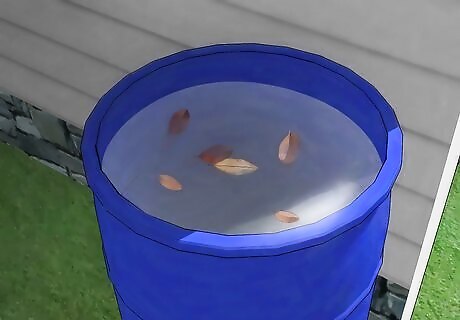
Place the container in a shady, outdoor area. Mosquitoes thrive in warm, dirty, shaded water sources. Set the container somewhere out of the sun, but still warm, like under an eave or in the shade of a tree. Note that you may only be able to hatch larvae outdoors in warmer months, when the temperature is above 68 °F (20 °C). Also add a sprinkling of dead leaves, and avoid cleaning the water or removing any dirt or debris that collects over time. These act as nutrients for the larvae. Optionally, place the leaves in a mesh bag to make skimming the larvae from the container later much easier.
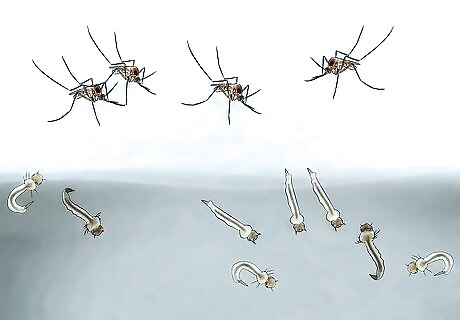
Wait for mosquitoes to lay their eggs in the water. Check your container every day for eggs. Depending on where you live, this may only happen during the spring and summer months, but it’ll likely only take a week or two to notice mosquito eggs in your water source. They often look like tiny rafts of dark brown bumps. These egg rafts tend to hatch within 48 hours. When mosquito eggs hatch, they release what looks like worms with 2 antennae. These are “wrigglers” and are the larvae you can feed to your fish. If you don’t see any eggs in your bucket within a week or two, consider moving it to another part of your yard. The water may be becoming too warm (if in sunlight) or too cold.
Harvesting & Feeding Larvae to Fish
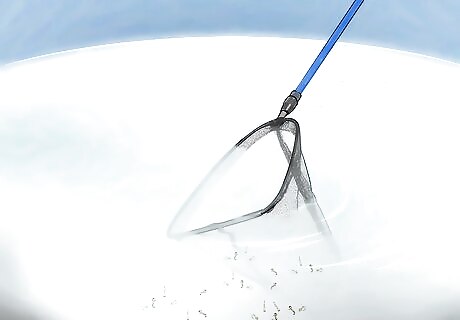
Catch and place the larvae in a small container of water. Check that the eggs have hatched into wrigglers. If they have, use an aquarium net or a turkey baster to retrieve them and place them in a small cup filled with dechlorinated water, or water from your fish tank. If the original container held dirty water, rinse the larvae under tepid tap water while holding them in a fish net, then transfer them to the new container. Avoid pouring water from the original container into the fish tank, as it may contaminate the tank.

Transfer the larvae to your aquarium with a turkey baster. At feeding time, suck up larvae from the small container with a turkey baster, then squeeze them directly into the fish tank to feed your fish. Feed the larvae to your fish within an hour or two of harvesting them, to ensure they’re both still alive and that they don’t hatch into mosquitoes within your home. Feed your fish only a few larvae at a time at first, to see how much they’ll eat, and take note for future feedings—your fish may ignore excess larvae and let them pupate into mosquitoes. You may also place unhatched egg rafts in the tank. The fish will eat the eggs, or go after the larvae as soon as they hatch, making the process more efficient. Larvae that enter the pupa stage look as though they have developed a large head. While these can be fed to fish, we recommend washing down the drain, as it’s the last stage before developing into a mosquito.
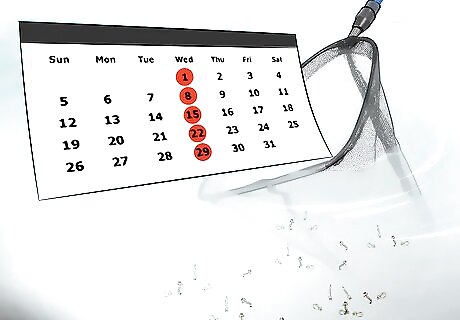
Dispose of any excess larvae in the containers or fish tank. To avoid cultivating a swarm of mosquitoes in your yard or home, purge any larvae your fish don’t eat by collecting them with a net and flushing them. Also pour the water from both your larvae containers onto dry ground at least once a week. Depending on the environment, mosquito eggs can develop into full grown, flying pests in as little as 4 days or as long as two weeks. Or, freeze-dry your excess larvae to save as fish food that may be stored long-term. Also remove any dead larvae or shed larvae skins from the fish tank, and wash them down the drain. Most fish may overlook these.










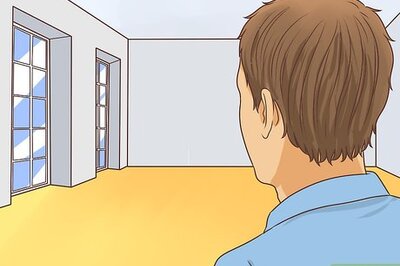


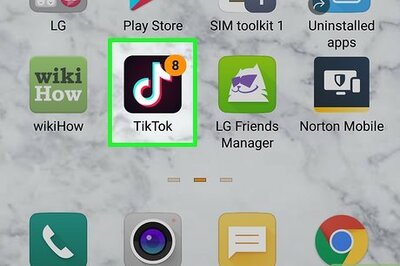


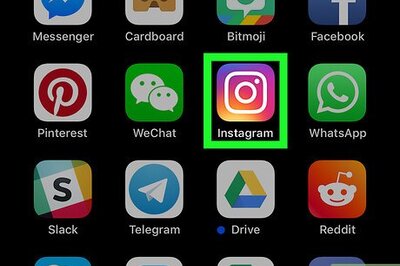


Comments
0 comment